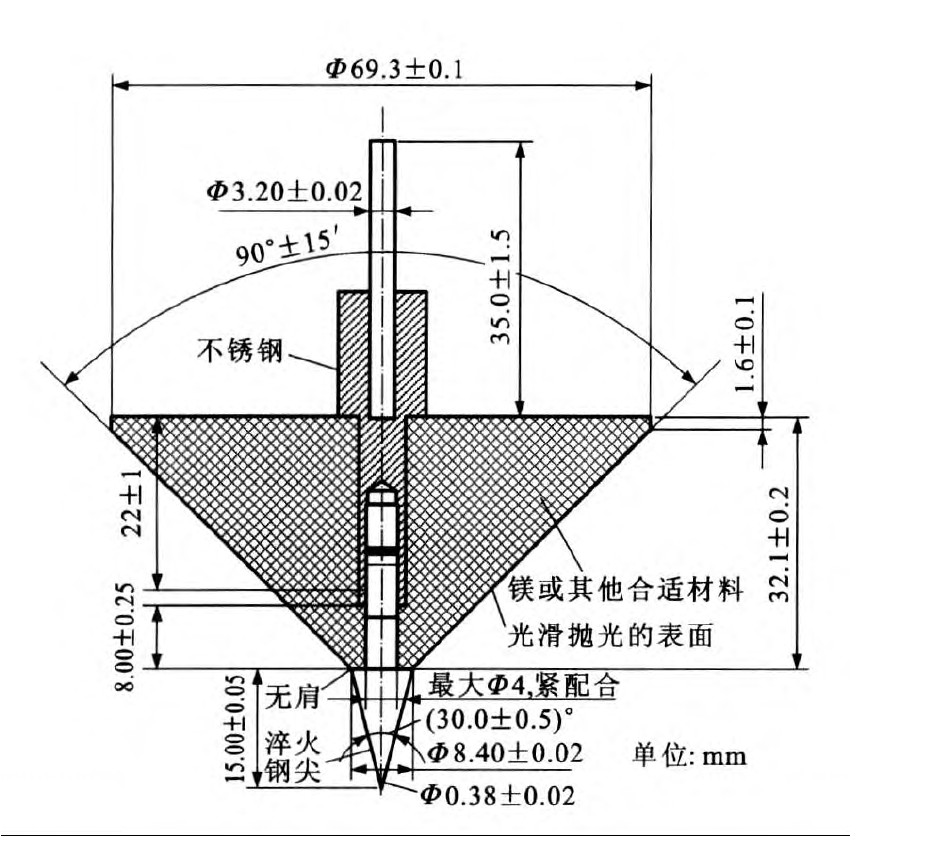Performance evaluation and technical requirement of sealant and filler in asphalt pavement
-
摘要: 为了评价沥青路面裂缝和接缝加热型灌缝胶的性能, 参考了ASTM D5329灌缝胶试验方法, 根据中国灌缝胶产品质量现状和性能要求, 通过室内试验确定了锥入度、软化点、流动、弹性和低温拉伸5个试验方法, 收集国内常用的11种灌缝胶样品进行了试验, 并提出了中国沥青路面灌缝胶锥入度、软化点、流动值、弹性恢复、低温拉伸5个性能评价指标及相应的技术要求。结果发现: 10个样品的软化点超过了80℃, 9个样品的流动值低于5mm, 3个样品通过了50%拉伸量3个循环的低温拉伸试验, 这表明中国常用的灌缝胶高温性能比较理想, 而低温性能普遍较差。Abstract: In order to evaluate the performance of hot-applied type sealant and filler in asphalt pavement, Chinese sealant and filler conditions and performance requirements were analyzed, five test methods on cone penetration, softening point, flow, resilience and tension at low temperature were respectively determined by reference of ASTM D5329, eleven samples of sealant and filler were tested, and five performance evaluation indices and their technical requirements were defined. Test result shows that the softening points of ten samples are over 80 ℃, the flow values of nine samples are under 5 mm, and only three samples pass three cycles with 50% extension in low-temperature tension test. So sealants and fillers used in China have good high-temperature performances, but have poor low-temperature characteristics.
-
表 1 灌缝胶试验样品
Table 1. Samples of sealant and filler

表 2 灌缝胶试验结果
Table 2. Test results of sealant and filler

表 3 性能评价技术要求
Table 3. Technical requirements of performance evaluation

-
[1] ASTM D5329—04, standard test methods for sealants and fillers, hot-applied, for joints and cracks in asphaltic and Portland cement concrete pavements[S]. [2] ASTM D5078—95, standard specification for crack filler, hot-applied, for asphalt concrete and Portland cement con-crete pavements[S]. [3] ASTM D1190—97, standard specification for concrete joint sealer, hot-applied elastic type[S]. [4] ASTM D3405—97, standard specification for joint sealants, hot-applied, for concrete and asphalt pavements[S]. [5] ASTM D6690—06a, standard specification for joint and crack sealants, hot-applied, for concrete and asphalt pave-ments[S]. [6] ASTM D1985—91, standard practice for preparing concrete blocks for testing sealants, for joints and cracks[S]. [7] ASTM D217—02, standard test methods for cone penetration of lubricating grease[S]. -





 下载:
下载:










